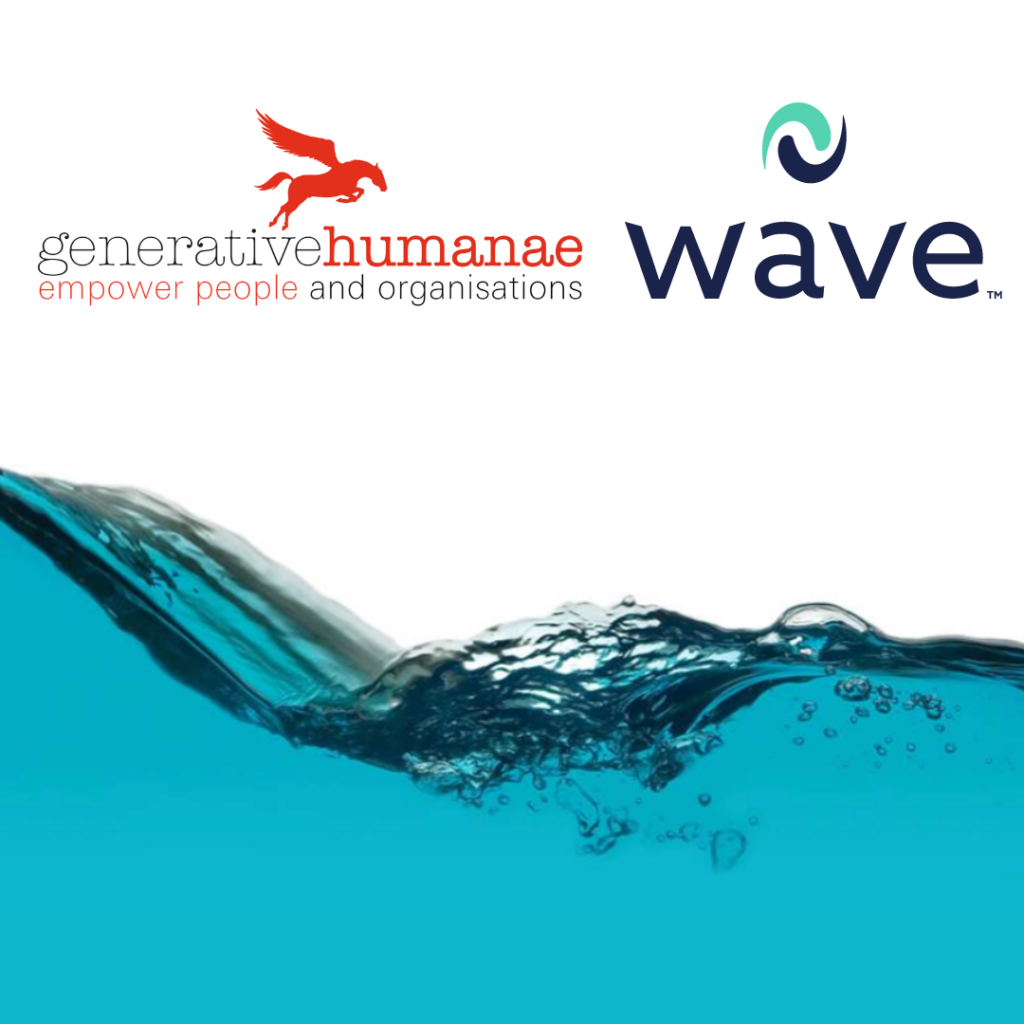Analyse and assess talents – the Wave tool

Wave from Saville Assessment is the international market leader in analysing and assessing talents. It provides a holistic helicopter view that benefits agility and performance at both the individual and collective levels.
There are several criteria you can use to evaluate talents, their personalities and their potential, including motivators, interests, personality traits, personal orientation, competences, personal needs and satisfaction criteria.
The experts at Saville Assessment have developed a unique culturally-neutral tool which delivers unmatched reliability and success prediction in just 40 minutes.
It meets all the needs of the HR process: from preselection through integration, team dynamics and talent evaluation and development to leadership.
Wave distinguishes between Motivators and Talents using dynamic question that harnesses all the potential of the internet. Its unique deep dives provide answers to all the queries you need to pose about candidates in a particular scenario (specific potential, awareness, mental blockages etc).
Wave explores professional Styles in four areas
Each area contains three factors, with each factor explored in three dimensions and each dimension in three facets. In total, Wave explores 108 facets of professional style. This pyramid model allows the Wave user to switch between a global approach to professional Style and a more detailed examination.
1.Thinking
This area covers intellectual function: how does a person handle information, and do they use it to create ideas and evaluate situations? Wave shows whether a person is analytical or intuitive, imaginative or pragmatic, oriented towards learning and so on.
2. Influencing
This are is about relationships with others: how does the person interact with others? What influence do they have on others? Wave explores sociability, communication ability, persuasiveness, decision-making propensity, leadership etc.
3. Adapting
This area explores the persons capacity to adapt, in three ways: adapting to change, adapting to challenging situations, and adapting to others (listening, empathy, team working).
4. Making things happen
This area covers the tendency to take act: is the person focussed on taking action, and if so what’s their style when doing this? Wave explores in particular how conscientious the person is, their dynamism and their ways of organising.
The psychometric qualities of Wave
Saville Consulting’s research centre carries out regular studies on the validity and reliability of the Wave questionnaires. The results of these studies are shared in the Wave technical manual, available on demand (in English).
Here are the key conclusions:
Validity
Validation of the multi-centric validation type
The Wave questionnaire relies on a multi-centric validation type. In this type of development, the validity of each item if the fundamental criterion for its inclusion in the questionnaire. This approach aims to optimise the questionnaire’s capacity to predict external performance criteria. It therefore addresses 36 competences fundamental to work.
Validity of the construction method
Convergent and divergent validity demonstrate the necessary independence between the different dimensions of Wave, and a strong correlation between the results produced by Wave and by other approaches. For example, the dimension of “inventiveness” in Wave is strongly aligned with the same dimension in other tools. But it does not overlap with “abstract thinking” or other dimensions, confirming its value as a stand-alone dimension.
Other validity measures have been defined, such as:
- analysis of principal components (are the 8 main professional competences present?)
- correlation with other personality tests (MBTI, 16PF, NEO-PI, HPI)
- correlation between the competences in Wave Styles Professional and Wave Focus
Criterion-referenced validity
Criterion-referenced validity has been determined by:
– correlation between Wave competences and competency evaluations by peers in the workplace
– correlation between Wave competences and competency evaluations by peers in the workplace six months later (predictive validity)
– the EPSOM study which demonstrates 50% higher validity for Wave compared to the other most-used personality texts: r=.57 (Wave Styles Professionnels) / r=.44 (Wave Focus)
Reliability
One of the objectives of developing Wave was to achieve a high level of reliability in test-retest comparison and high reliability against parallel approaches. The levels of internal consistency have been strictly limited (between 0.6 and 0.8, depending on the dimensions) to avoid repetition and narrow focus.
Reliability of parallel forms
The average reliability coefficient of parallel forms across the 36 dimensions of the questionnaire is 0.86 (combining ipsative and normative scores). The minimum correlation is 0.78, the maximum 0.93 (N=1153).
Internal consistency
The average internal consistency across the 36 dimensions is 0.76, with a minimum of 0.58 and a maximum of 0.87 (N=1153). This indicates a wide variety of content types within each step.
Test-retest reliability
The test-retest reliability of Wave was tested with an interval of 18 months between tests. Average reliability was 0.75, with a minimum of 0.58 and a maximum of 0.85.
Taken together, the results demonstrate that the dimensions evaluated by Wave are broad, reliable, stable and independent.

